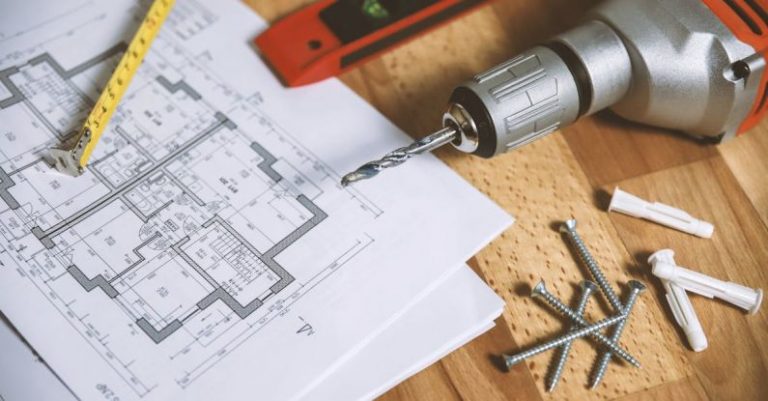Can You Use a Table Saw for Fine Woodworking?

When it comes to woodworking, enthusiasts and professionals alike often debate the suitability of using a table saw for fine woodworking projects. Table saws are known for their power and efficiency in making precise cuts, but can they truly deliver the level of finesse required for intricate woodworking tasks? Let’s delve into this topic and explore whether a table saw is a suitable tool for fine woodworking projects.
Understanding the Capabilities of a Table Saw
Table saws are a staple in many woodworking workshops due to their ability to make straight and accurate cuts. These versatile machines feature a flat table surface with a circular saw blade protruding from the center. By adjusting the blade height and angle, woodworkers can create a variety of cuts, from rip cuts to crosscuts and bevel cuts.
The Power and Precision of a Table Saw
One of the key advantages of using a table saw for woodworking is its power and precision. The motor of a table saw provides ample power to cut through hardwoods and other tough materials with ease. Additionally, the rip fence and miter gauge help woodworkers make consistent and accurate cuts, essential for achieving a high level of precision in fine woodworking projects.
Suitability for Straight Cuts and Repetitive Tasks
Table saws excel at making straight cuts, making them ideal for tasks that require precision and uniformity. When working on projects that involve repetitive cuts, such as creating multiple identical pieces for furniture or cabinetry, a table saw can streamline the process and ensure consistency across all pieces. The ability to set up jigs and fixtures further enhances the precision of cuts, making it easier to achieve the desired results in fine woodworking projects.
Challenges of Using a Table Saw for Fine Woodworking
While table saws offer power and precision, they do have limitations when it comes to fine woodworking. One of the main challenges is the potential for tearout, especially when cutting delicate or figured woods. Tearout occurs when the wood fibers splinter or tear as they come into contact with the rotating blade, resulting in a rough or uneven edge. This can be particularly problematic when working with expensive or rare woods where minimizing waste is crucial.
Another consideration is the risk of kickback, a common safety concern associated with table saws. Kickback happens when the wood being cut is propelled back towards the operator at high speed, posing a serious risk of injury. Proper technique, safety measures, and using appropriate blade guards and riving knives can help mitigate the risk of kickback, but woodworkers must remain vigilant when using a table saw for fine woodworking tasks.
Utilizing Table Saws in Combination with Other Tools
To overcome the challenges associated with using a table saw for fine woodworking, many woodworkers choose to combine its capabilities with other tools in their workshop. For instance, pairing a table saw with a bandsaw or a miter saw can expand the range of cuts that can be achieved with greater precision and less risk of tearout. Additionally, using hand tools like chisels and hand planes for final shaping and detailing can add a level of refinement to woodworking projects that may be challenging to achieve solely with a table saw.
Exploring Alternative Tools for Fine Woodworking
While table saws are a valuable tool in any woodworking shop, they may not always be the best choice for fine woodworking projects that require intricate detailing and delicate cuts. Tools such as a scroll saw, a router table, or even specialized hand tools like Japanese pull saws and carving chisels can offer greater control and finesse when working on fine woodworking tasks. By expanding their tool arsenal and mastering a variety of techniques, woodworkers can elevate their craft and achieve exceptional results in their projects.
In conclusion, while table saws are indispensable for making straight cuts and handling repetitive tasks with precision, they may not always be the ideal choice for fine woodworking projects that demand a high level of detail and finesse. By understanding the capabilities and limitations of a table saw and exploring alternative tools and techniques, woodworkers can enhance their skills and tackle a wider range of woodworking projects with confidence and creativity.





